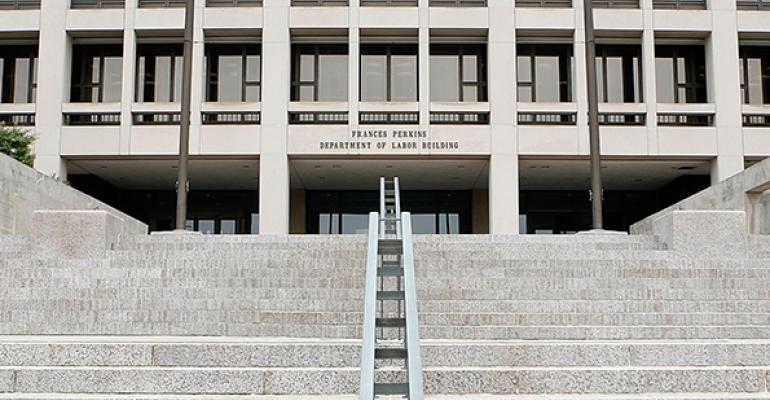After taking a few days to digest the 1,000-page Department of Labor fiduciary rule, the Securities Industry and Financial Markets Association (SIFMA)—perhaps the biggest opponent of the rule—admitted that the DOL did address some of the group’s concerns. But the final rule also raised new concerns for the securities industry, and the changes remain open to interpretation, the group said.
“We still have concerns about the possible negative consequences of this rule for investors in terms of choice and cost,” SIFMA President and CEO Ken Bentsen said during a call with reporters Friday morning. “One thing we can say for sure is that this rule remains exceedingly prescriptive and will probably be subject to interpretation for a great period of time, well beyond the time that it becomes fully implemented.”
At the outset, the final rule looks to be less costly for firms than the original proposal—with the DOL “minimizing” the compliance burden and eliminating certain requirements. But Lisa Bleier, SIFMA managing director and associate general counsel, said she could not say whether costs would be lower.
“While it’s great that they removed certain requirements, there are new ones that we haven’t looked at before,” she said.
Bentsen said the costs associated with the best interest contract, beyond disclosure, such as contracting mechanisms and the required compliance systems, could burden firms.
The Department of Labor estimated that compliance to the rule would cost the brokerage industry $31.5 billion over the next decade. SIFMA, which also is analyzing what the compliance costs would be, previously calculated that it would cost firms $5 billion to initially implement the rule and $1.1 billion a year after that.
One thing the DOL didn’t change from the proposal is the individual’s private right of action to bring a lawsuit and ability to bring a class action against the firm, something SIFMA is concerned about.
The group is also concerned with the fact that, under the rule, many rollover conversations would trigger a fiduciary duty.
“We think that’s going to limit the conversations individuals need to have when they are talking about distribution and figuring out what they want to do with their retirement assets looking forward,” Bleier said.
SIFMA is also concerned that an advisor cannot give specific investment advice to an IRA customer; only provide general asset allocation, not specific investment options, without triggering fiduciary.
That said, the group did acknowledge the issues the DOL addressed in the final rule, such as removing the legal list of assets within the best interest contract and eliminating the fiduciary requirement when providing an appraisal, valuation or fairness opinion.
While SIFMA appreciates the delay in the implementation date to Jan. 1, 2018, Bleier said it remains to be seen whether it is enough time for firms to put this in place.

